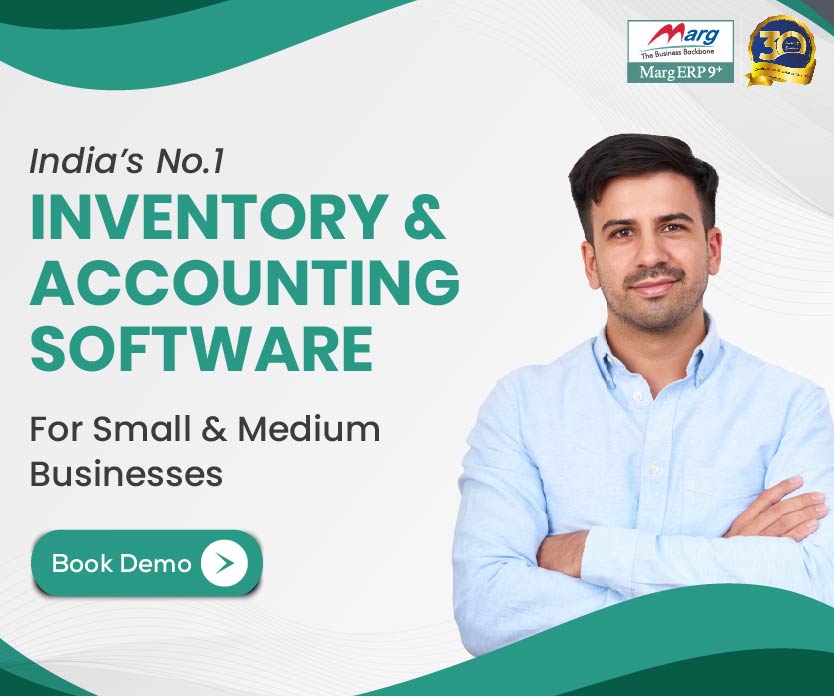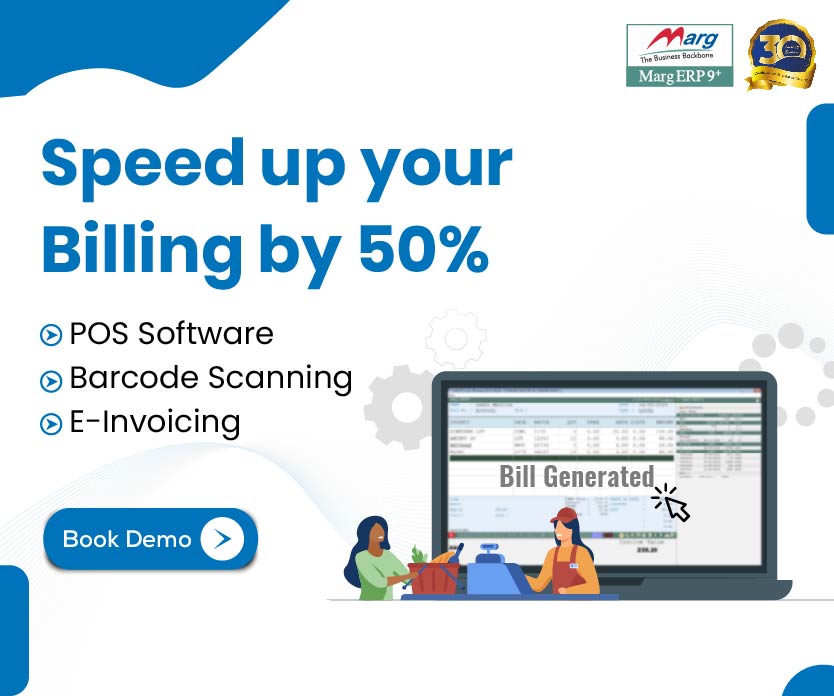Article Content:
What is Wealth Tax?
Wealth tax is a tax levied by the government of India on the richer section of the society according to the wealth tax act 1957. It is also called capital or equity tax levied on the assets holding by an individual or a company. In general, you can also know it as a super-rich tax. Wealth tax was introduced to bring the balance between the taxpayers.
Wealth tax is applicable on various assets such as cash, bank deposits, land or piece of property, shares, fixed assets, personal cars, and personal trust funds. Indian wealth tax is based on the current market value of the assets as the value of some assets increases and decreases from time to time.
The need for wealth tax arises due to the net worth of an individual or company being more than the income generated in a particular financial year. For example, if a company’s books show a loss in their profit and loss account they get the exemption from paying Income tax that year. On the other hand, the company’s assets have increased and they have paid off many liabilities and acquired more capital. In this case, the company is liable to pay wealth tax because they exceed the value of their assets as per the wealth tax act 1957.
Though the government of India has put an end to wealth tax for certain reasons in the budget of the year 2015 given the reason that it consumes more cost in collecting the wealth tax than gaining benefits from it. They proposed and introduced a similar yet easy alternative of wealth tax by charging the higher surcharge from super-rich people which is 12% instead of paying the normal 2% surcharge. Now any individual whose income is over 1 crore and a company with net income over 10 crore comes under the super-rich section and has to pay the 12% surcharge on the income of that particular financial year.
Who Should Pay Wealth Tax?
Now it is very important to know who falls under this section to pay the wealth tax? Well, according to the government of India wealth tax is only levied on individuals, HUF, or companies of Indian origin. If a person has Indian nationality or the company is of Indian origin will pay such tax if their income exceeds the limit set by the Income-tax department. They must pay the wealth tax even on the assets which they owned but are not in India.
In the case of NRI’s, Wealth tax is also applicable to the assets which they hold in India only if they exceed the set limit which is 1% of their net worth. Accounting software from Marg Compusoft will help you to calculate the income flow for every fiscal year and will also calculate and pay the extra surcharge and wealth tax easily if applicable.
How to charge Wealth Tax?
In case if the complete net abundance of an individual, HUF, or organization surpasses Rs. 30 lakh, till the end of the financial year, a charge @1% will be levied on the sum in the abundance of Rs. 30 lakh. Each individual whose net worth surpasses such cutoff will outfit an arrival of net riches. The date to pay the wealth tax rate is the same as the date of filing an Income tax return.
Wealth tax is a direct tax in India and it is only applicable to the excess amount of the net wealth’s set limit. For example, if an individual’s net wealth is 50 lakh and the wealth tax exemption is 30 lakh then the individual should pay1% of the exceeding amount which is 20 lakh. The wealth tax rate is 1% which means the tax payable is 1% on 20 lakh or 20,000.
Where Wealth Tax in India 2020 is applicable?
Now, after having a better understanding of wealth tax and wealth tax rate and its computation, whom it is applicable on, and recent changes. You must know where and which assets it is applicable on. It is one of the main parts of paying the liable wealth tax. If calculated right both parties can take benefit from it. Because not every asset or capital owned by an individual or company needs to come under this section.
You can also get the benefit of wealth tax exemption as it needs to calculate every financial year and the value of many assets keeps fluctuating over time. You can divide your assets into two types: main assets and deemed assets. Let’s study them in detail:
Main Assets That Have Economic Benefits In Future
- Any structure or land appurtenant whether utilized for private/ different purposes, however, does exclude:
- House designated to be utilized only for private purposes, where the gross absolute compensation of the assessee is under Rs.10 lakh
- House which structures part of Stock in exchange.
- House involved by the assessee for business reasons.
- Private property let out for at least 300 days in the earlier year.
- Property in the idea of business foundation or complex.
- Motorcars, other than those utilized for running them on recruit or those held as stock in exchange.
- Adornments, bullion, furniture, utensils, or different articles made completely of gold, silver, platinum, or such valuable metals.
- Yachts, boats, and airplanes other than those utilized for business reasons.
- Metropolitan land arranged in the Specified territory, other than:
- Those named agrarian land and utilized for such a reason.
- Those in which building development isn’t allowable.
- The land involved by building, which was built with the endorsement of the proper position.
- Unused land held by an assessee for mechanical purposes for a time of a long time from the date of procurement.
- Land held by the assessee as stock in exchange for more than a long time from the date of securing.
- Money close by in overabundance of Rs. 50,000.
Deemed Assets Or Indirect Capital
- Resources moved to Spouse in any case than regarding consent to live separated.
- Resources moved to an individual/Association of Persons for the prompt or conceded advantage of assessee or mate.
- Resources moved to the child’s significant other.
- Resources moved to an individual/Association of Persons for the prompt or conceded advantage of child’s significant other.
- Resources held by minor kids other than those gained utilizing the abilities of minor or those having a place with a minor with a handicap.
- The interest of assessee in the resource of a firm/relationship of individuals where he is an accomplice or part.
- Self-gained property that is changed over as the property of the family/moved with lacking thought.
- Resources moved under revocable exchange.
- The endowment of cash made in books kept up by assessee, by the method of simple book sections.
- Inoculable resources held by an assessee.
- Building designated to an assessee under a home building plan.
- Working in which an individual is permitted to take/hold ownership to a limited extent execution of an agreement.
- Working for which assessee has procured the rights.









































